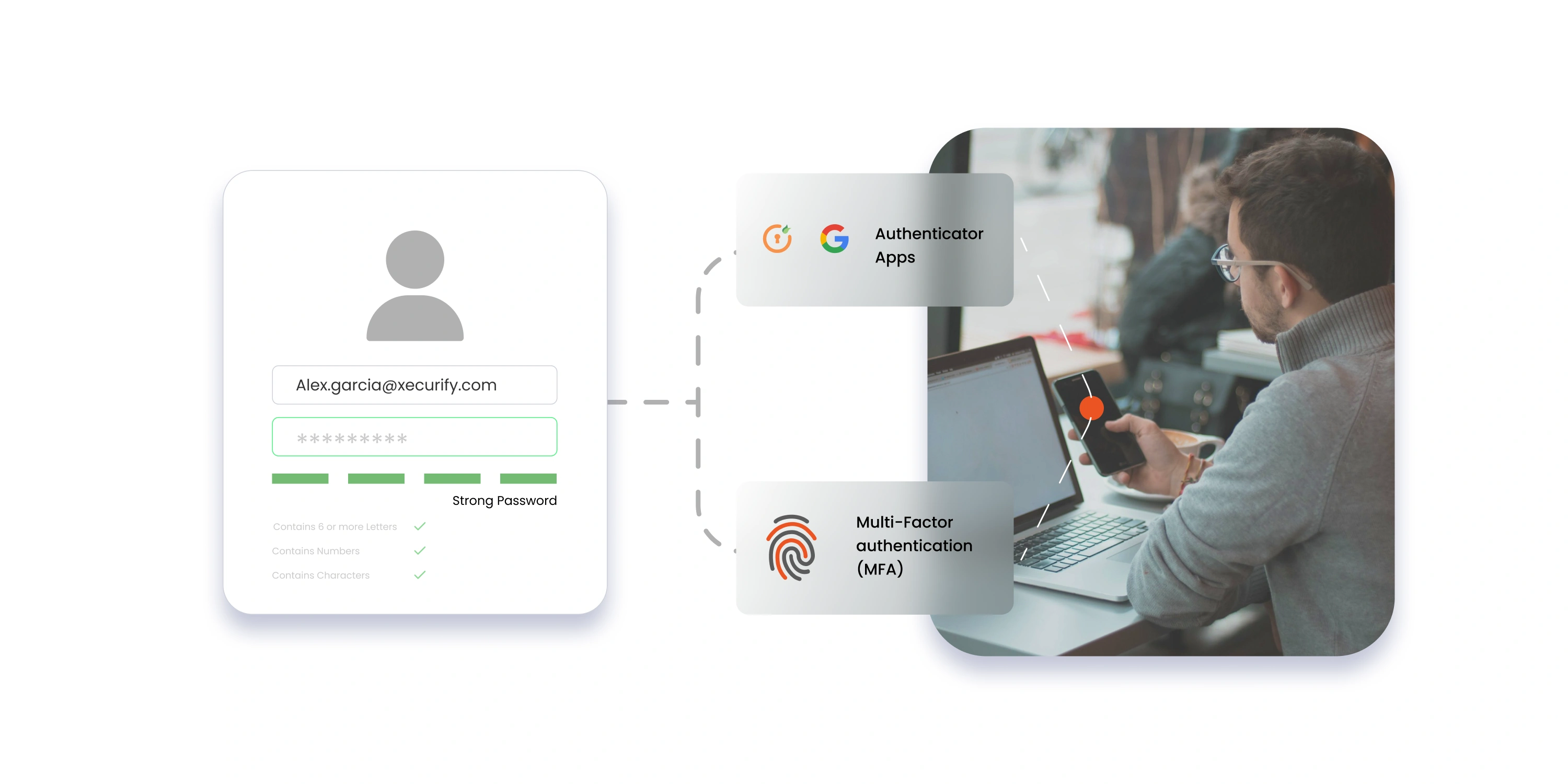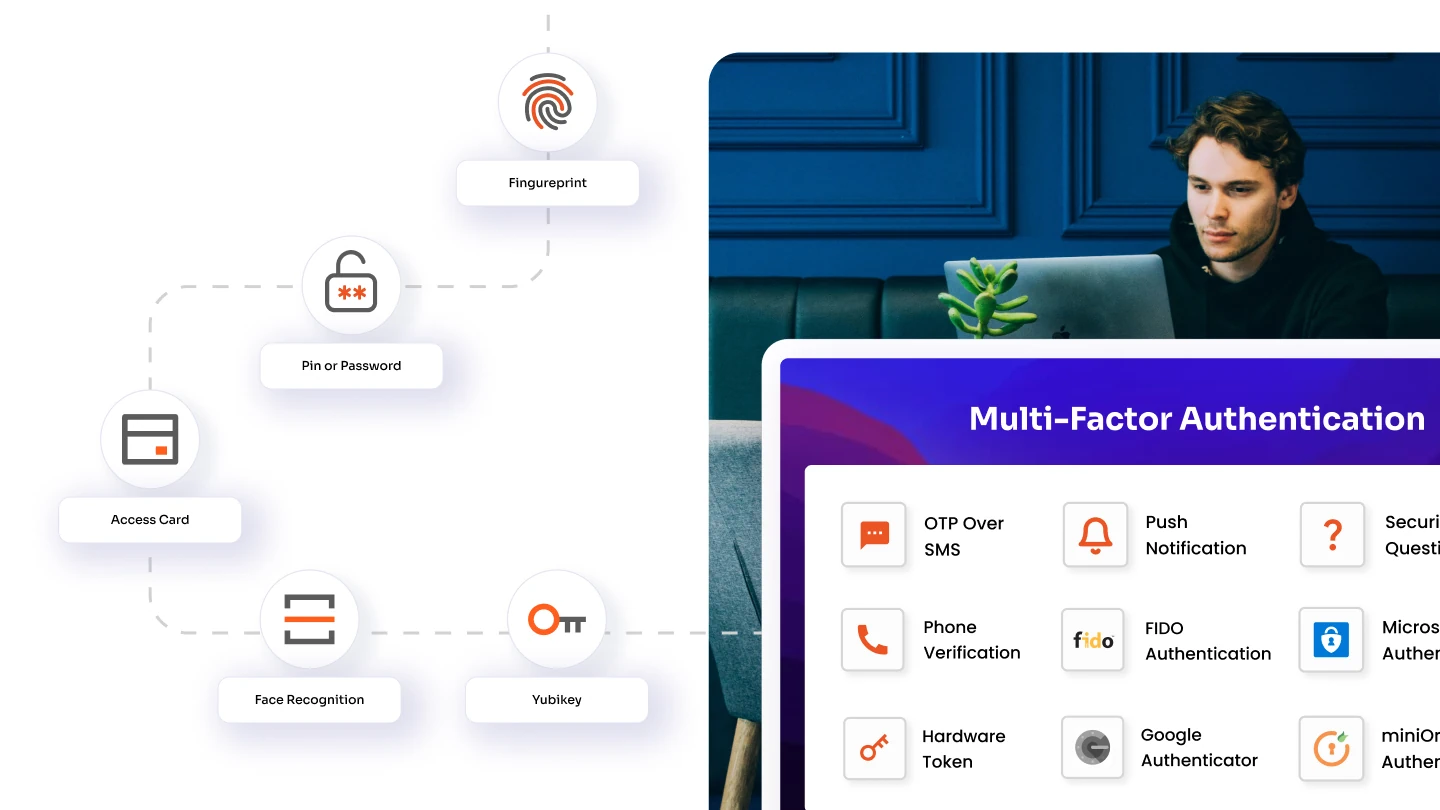Introduction
In today's digital world, understanding the distinctions between IAM (Identity and Access Management) and CIAM (Customer Identity and Access Management) is crucial. IAM vs CIAM, these terms may seem familiar, but let's dive deeper to grasp their definitions and differences.
In this blog post, we will explore the key disparities between IAM and CIAM, shedding light on how IAM vs CIAM impacts our online experiences at work and in our personal lives.
IAM vs CIAM: Definitions and Core Differences
IAM vs CIAM, what do these acronyms mean? IAM, or Identity and Access Management, is a multifaceted discipline that focuses on authorizing individuals and devices to access various resources. Typically, IAM primarily deals with internal identity management within an organization.
On the other hand, CIAM, or Customer Identity and Access Management, is specifically tailored to managing external consumer identities as they access IT services. Here, the distinction between IAM vs CIAM becomes apparent. IAM is internal, ensuring that employees have the correct access to company resources. CIAM, on the other hand, deals with external users, such as customers or clients, and aims to provide a seamless and secure experience for them.
Difference between IAM and CIAM
IAM (Identity and Access Management) and CIAM (Customer Identity & Access Management) have distinct purposes and characteristics that set them apart:
1. IAM (Identity and Access Management):
IAM, or Identity and Access Management, is pivotal in internal organizational use cases. Its primary focus is the efficient management of thousands of identities within an organization, that consists of employees, contractors, and partners which need access to any internal resource. Driven by the objectives of the IT department, IAM aims to enhance security and reduce support costs. It achieves this by ensuring that only validated users within the organization can securely access corporate resources.
IAM systems grant access based on user roles while adhering to organizational policies. Organizations typically maintain ownership of user data within IAM, allowing strict control over identity verification and management. IAM efficiently handles processes like user onboarding, provisioning access, and account setup, often aligning with the organization's recruitment pace. Large organizations benefit from granular authorization levels within IAM systems, enabling precise control over resource and data access.
2. CIAM (Customer Identity & Access Management):
Customer Identity & Access Management (CIAM) stands in contrast to IAM, as its focus is primarily on external identities, specifically customers or consumers, including individuals, devices, and APIs. CIAM's core objective is to deliver a seamless and secure user experience when using services that are open to the public. Driven by revenue generation, CIAM prioritizes a positive user journey, streamlining tasks like user registration and multi-factor authentication to ensure convenience and ease of use.
CIAM offers flexibility in authentication options, including keys, tokens, and certificates, catering to diverse use cases. Additionally, CIAM often enables users to leverage existing digital identities from platforms like Facebook and Google. Self-service processes empower CIAM users to manage activities such as registration and profile management, reducing reliance on IT or HR teams. CIAM also actively involves users in privacy and consent operations through the user interface, fostering user control over personal data and informed decision-making.
Overall, IAM predominantly manages internal organizational identities, prioritizing secure access to internal resources. On the other hand, CIAM centers around the management of external customer identities, aiming to provide a seamless and user-friendly experience while promoting privacy and consent.
IAM vs CIAM Overlap
While IAM vs CIAM serve different purposes, they share some common functionalities, including authentication and authorization. However, it's essential to recognize that IAM vs CIAM have unique requirements and use cases that set them apart.
Understanding the differences between IAM vs CIAM is crucial for navigating today's digital landscape, both professionally and personally. IAM focuses on internal identity management within organizations, while CIAM specializes in managing external consumer identities accessing IT services. By grasping these distinctions, we can make informed decisions about the right identity management solution for specific needs and contexts.
Conclusion
While there are many differences between IAM and CIAM we have tried to cover all the major points which to some extent may impact your choice. Despite the vast differences, there are still common core benefits like secure system access, and robust user authentication mechanisms, such as Multi-Factor Authentication (MFA) and Single Sign-On (SSO), to enhance user identity verification and streamline access to various services.
There are two different identity services that miniOrange offers
- IAM (Identity and Access Management) that supports organizational workforces.
- CIAM (Customer Identity and Access Management) for organizations with a digital presence.
To learn more about miniOrange IAM and CIAM, create your free trial account today https://www.miniorange.com/businessfreetrial .
Author





Leave a Comment